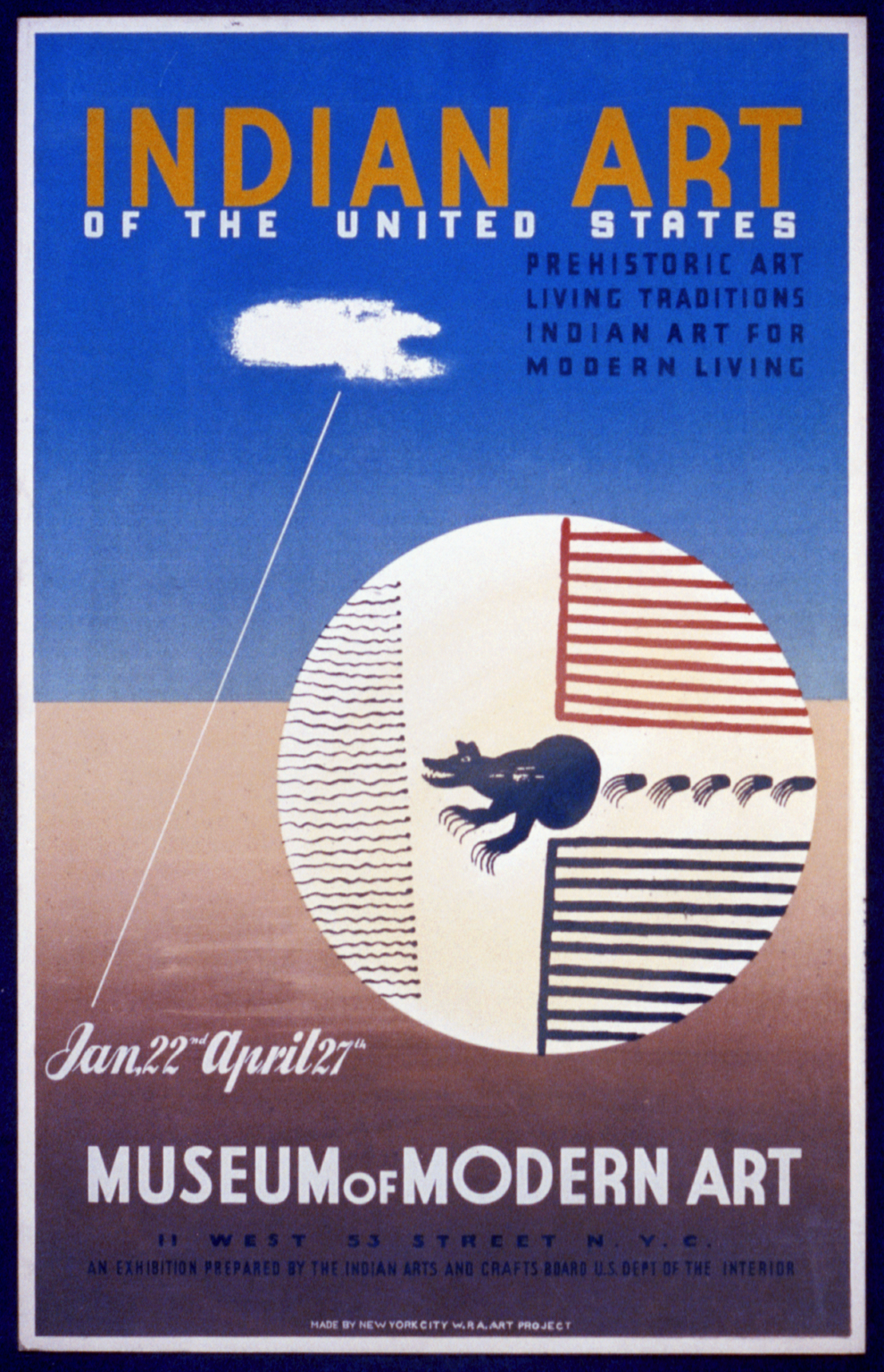I am working on a new research project about the critical possibilities of redness, as a color, material, symbol, and methodology that moves beyond racial politics and contemporary reappropriations of redness to imagine redness as a way of acting in the world. Focusing on the symbolic, material, and critical functions of red, I am thinking through the racializing politics of Indigeneity, responses in art and literature, as well as the Indigenous epistemologies that take redness as a form of engagement with politics, embodiment, and place. Red is worldview, a material, an epithet, a critical stance. Red is at once an idea and a symbol, form and function, a history, a feeling.
Part of this work started in my book Speculative Relations, though I developed the ideas further during my time as a Scholar in Residence at the Museum of Modern Art in 2024-25.
Elbridge Ayer Burbank, Geronimo, 1897. Oil on canvas, 10 x 8 in. Courtesy of the Newberry Library.
THE COLOR RED
"INDIAN ART OF THE UNITED STATES"
In 1941 the Museum of Modern Art hosted its first (and to date its only) exhibition of Native American art. This exhibition, “Indian Art of the United States,” was co-curated by René d’Harnoncourt and Frederic H. Douglas and occupied the entire three floors of the museum at the time. It represents an important though seldom studied moment in the history of Indigenous engagement with contemporary museums.
I have started a research project on the history and impact of this exhibition, as well as the networks it drew on and legacies it leaves behind. In the coming years, I hope to continue this research and incorporate it into proposed exhibitions, public facing work, as well as a new book project.
Indian Art of the United States, 1941
Museum of Modern Art, WPA Posters
Courtesy Library of Congress

